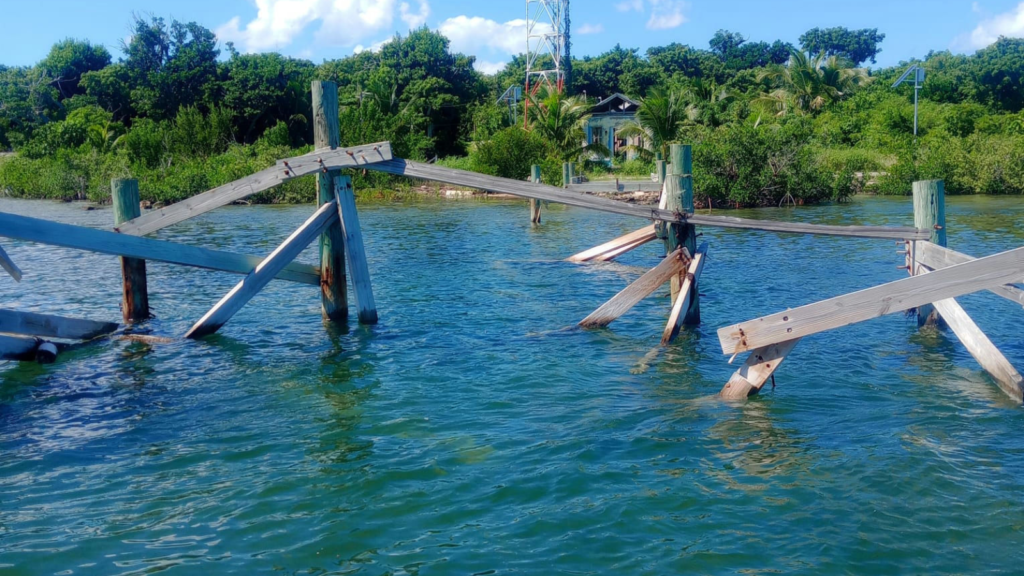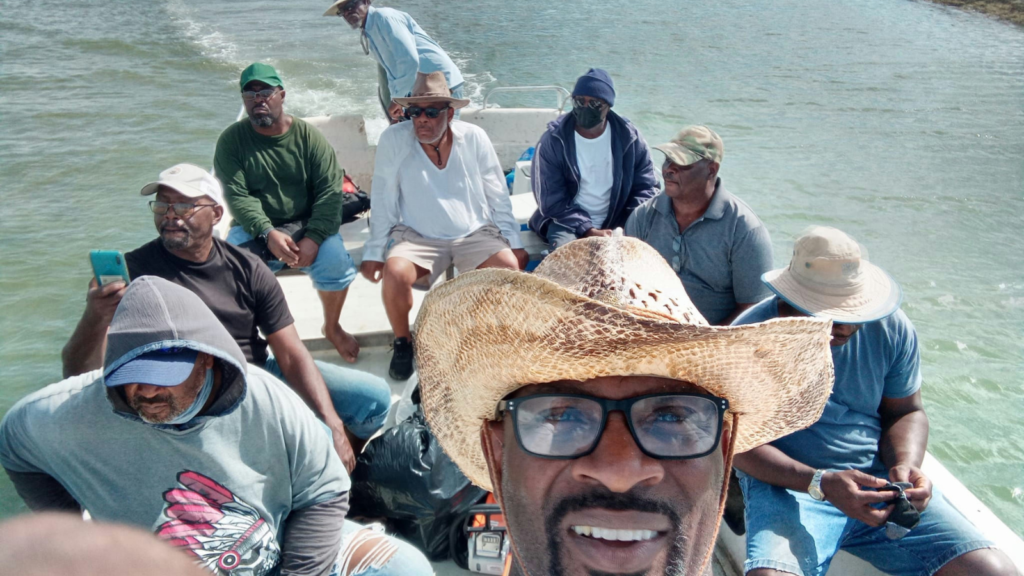Rising From the Ruins: An Ongoing Reaction, Response to Hurricane Dorian
For Hurricane Dorian survivors like Shervante Nixon, recovery has been a marathon, not a sprint. The reconstruction of homes, schools, and hospitals has progressed steadily, albeit slowly, with a focus on building back better. International aid and private investments have played crucial roles in these efforts, but the Bahamian government has emphasized the importance of self-reliance and community involvement.

“Rebuilding is a process,” Abaco resident Shervante Nixon affirmed. “It’s very draining trying to get stability. It’s extremely difficult doing a trade because other people don’t have any money to spend on your services. But as the jobs are coming back, the local economy is beginning to be replenished.”
For others, like Iram Lewis, a Grand Bahama native and former Minister of State for Disaster Preparedness, Management, and Reconstruction, the road to recovery has proven to be a double-edged sword. An architect by profession, Lewis has an intimate understanding of how and why some of the damage caused by Dorian was so catastrophic. “In some cases, it was not that our [The Bahamas] building code that was weak, but a lot of our contractors,” Lewis said. “They were in contravention of the building code. They did not follow the code properly, and obviously, there were not adequate inspectors to inspect their work.
We noticed that we had places where there weren’t hurricane clips, there weren’t necessary bolts in place, the necessary reinforcing steel that should have been uniquely placed, etc. Dorian exposed a lot of that.”
Lewis stated, however, that the government’s concerns and projections of the superstorm went beyond everyone’s expectations. “It came and sat over Grand Bahama and Abaco for two days… That was something that no one expected or could plan for. The loss of life, the loss of property really cannot be blamed on anyone per se because of the nature of Dorian.”
The government has revamped its disaster management strategy. Upgrades to early warning systems ensure timely, accurate information dissemination. Comprehensive community training programmes equip residents with emergency response skills. Infrastructure improvements include constructing new buildings to withstand Category 5 hurricanes and retrofitting existing structures for greater resilience. Coastal defences have been enhanced through mangrove restoration and seawall improvements to protect against storm surges and flooding.
The Abacos and Grand Bahama now feature improved infrastructure, resilient housing, and advanced medical facilities. Despite progress, significant challenges persist, with reconstruction expected to take years and require substantial financial support. The aim is to build back better, integrating resilience into all aspects of reconstruction to endure future climate-related disasters. At a critical juncture, the islands strive for recovery, sustainability, and climate justice, though many residents still await tangible relief from Hurricane Dorian’s destruction.
Environmental and Economic Sustainability

Rebuilding the Bahamas has provided an opportunity to rethink and reshape its economic and environmental strategies. A significant focus has been placed on sustainable tourism, the backbone of the Bahamian economy. The government, in collaboration with international partners, has invested in eco-friendly resorts and sustainable fishing practices, ensuring that economic activities do not compromise the natural beauty and ecological balance of the islands.
Renewable energy projects have also taken centre stage. Solar farms and wind energy projects are reducing the islands’ reliance on fossil fuels, decreasing greenhouse gas emissions, and providing more resilient power sources in the face of future storms. These initiatives are creating jobs, fostering a green economy, and providing long-term economic stability.
But for Lewis, his hometown of Water Cay is a prime example of the unique juxtaposition between the residents’ right to self-determination and the government’s right to development. “Here, we have a chicken and egg situation.
The government says, ‘Well, why should we put all this money into a community where you have less than 20 families living there?’ The problem is that we have more who want to go out there and live, but they cannot go because they cannot rebuild. So, they’re saying we don’t have enough people there to put this infrastructure, but you cannot get the people there because of the lack of infrastructure.”
The greatest challenge, according to Lewis, is the proposed ‘gift’ of power to Water Cay, courtesy of a microgrid initiative on Grand Bahama. This ‘gift’, however, is in jeopardy of being realised without the much-needed dock. “Here’s our position,” Lewis said. “We don’t need a Rolls Royce of a dock, and I said this in parliament. Just give us something basic that we can use to help build our community back. If the dock is costing $800,000 cut that down, give us a $250,000 dock for the rest of the money into and into the electricity and the roads in the community.”
Climate Justice Advocacy

In the wake of Dorian, the Bahamian government and local activists have become vocal advocates for climate justice. The catastrophic impact of the hurricane underscored the disproportionate burden small island nations bear due to climate change.
The Bahamas has also formed alliances with other island nations, amplifying their collective voice in the fight for climate equity. These efforts are beginning to pay off, as seen in the increased allocation of climate adaptation funds and the inclusion of small island states in critical climate policy discussions.
“A lot of places have given up, but we’re resilient,” Lewis stated. “We ride storms out and we rebuild. Unfortunately, that’s the that’s the position that we end up being in the hurricane corridor. Dorian, it taught us some lessons that you can never be too careful, you can never prepare too much, and always expect the unexpected.”
—
This story was originally published by Eyewitness News, with the support of the Caribbean Climate Justice Journalism Fellowship, which is a joint venture between Climate Tracker and the Open Society Foundations.